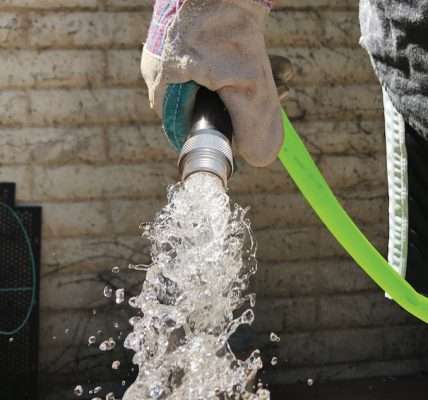Installing a kitchen sink might seem daunting, but with the right tools, preparation, and a little patience, it’s a project any homeowner can tackle. This guide provides a step-by-step approach to successfully completing your kitchen sink installation, transforming your kitchen space. Don’t be intimidated; we’ll break down each stage, from disconnecting the old sink to sealing the new one. Proper kitchen sink installation ensures a leak-free and functional addition to your home, so let’s get started!
Preparing for Your Kitchen Sink Installation
Before you even think about wrestling with pipes and wrenches, careful preparation is key. This stage is all about safety, gathering your supplies, and understanding the existing plumbing.
- Safety First: Turn off the water supply to your sink! Locate the shut-off valves under the sink. If these valves are absent or corroded, you’ll need to shut off the main water supply to your house.
- Gather Your Tools: You’ll need:
- Adjustable wrench
- Basin wrench (for those hard-to-reach nuts)
- Plumber’s putty or silicone caulk
- Putty knife
- Screwdrivers (Phillips and flathead)
- Pliers
- Tape measure
- Bucket
- Towels
- Safety glasses
- Inspect the New Sink: Check for any damage and ensure all necessary parts are included (strainer basket, mounting hardware, etc.).
Removing the Old Sink
This part can get a little messy, so be prepared with your bucket and towels.
1. Disconnect the Plumbing: Place a bucket under the drain pipes to catch any remaining water. Disconnect the P-trap, drain pipes, and supply lines using your adjustable wrench.
2. Detach the Faucet: Disconnect the faucet supply lines from the faucet body. You might need a basin wrench for this step.
3. Loosen the Mounting Clips: Most sinks are held in place by clips or brackets underneath the countertop. Use a screwdriver to loosen these clips.
4. Carefully Remove the Sink: With the clips loosened, gently push the sink upwards from underneath. It may be sealed with caulk, so you might need to use a putty knife to break the seal. Lift the old sink out of the countertop opening.
5. Clean the Countertop: Scrape away any old caulk or putty from the countertop surface.
Installing the New Sink
Now for the exciting part! This is where your kitchen starts to transform.
1. Install the Faucet and Strainer: Attach the faucet to the new sink according to the manufacturer’s instructions. Install the strainer basket(s) using plumber’s putty or silicone caulk to create a watertight seal.
2. Apply Plumber’s Putty or Caulk: Roll out a rope of plumber’s putty or apply a bead of silicone caulk around the underside of the sink flange.
3. Position the Sink: Carefully lower the new sink into the countertop opening.
4. Secure the Mounting Clips: From underneath the countertop, attach the mounting clips and tighten them evenly to secure the sink.
5. Connect the Plumbing: Reconnect the P-trap, drain pipes, and supply lines. Make sure all connections are tight.
6. Test for Leaks: Turn the water supply back on and check for any leaks around the drain, faucet, and supply lines. Tighten any connections as needed.
FAQ: Kitchen Sink Installation
- Q: How long does it take to install a kitchen sink?
- A: Typically, it takes 2-4 hours, depending on your experience and the complexity of the plumbing.
- Q: Do I need a plumber to install a kitchen sink?
- A: If you’re comfortable with basic plumbing and have the right tools, you can install it yourself. However, if you’re unsure or encounter problems, it’s best to call a professional.
- Q: What if the new sink doesn’t fit the existing countertop opening?
- A: You may need to modify the countertop opening, which can be challenging and may require professional help.
- Q: What type of sealant should I use: plumber’s putty or silicone caulk?
- A: Both are acceptable. Plumber’s putty is easier to work with but can dry out over time. Silicone caulk provides a more durable and waterproof seal.
By carefully following these steps, you’ll be able to confidently tackle your own kitchen sink installation. Remember to take your time, double-check your connections, and don’t hesitate to seek professional help if you encounter any difficulties. With a little effort, you can transform your kitchen and enjoy the satisfaction of a job well done.


